Vaishakh Pournima , Kaliyug Varsha 5115
By Priyadarshi Dutta
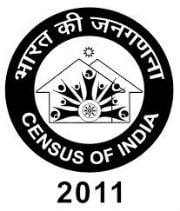 |
Home Minister Sushil Kumar Shinde released the Primary Census Abstract-Data Highlights of Census 2011 in a function organized by the Office of the Registrar General and Census Commissioner, in New Delhi on April 30, 2013.
The report titledias, Primary Census Abstract-Data Highlights of Census 2011, might have been eagerly awaited and much publicized event till a decade ago. But the proliferation of Internet has ensured that figures were no longer best kept secret. Technological improvements have reduced the time lag between data capture and presentation. The Office of Registrar General & Census Commissioner, Ministry of Home Affairs has already been uploading provisional data online over the last one year. In fact, a more detailed report in two parts, i.e., Provisional Population Totals Paper 1 of 2011 and Provisional Population Totals Paper 2 (Vol-I & II) of 2011 is already available on the net for free. These in print editions are priced Rs 700 together as a tribute to their bulk.
The provisional totals have all the imprints of final Census. It contains processed data on child population, gender composition, child sex ratio, state of literacy and density of population. We even have a high-resolution categories like rural vs urban distribution of child population, number of literates and literacy rate by sex and residence.
However, one wonders what happened to the religion-wise data. Information on religion was duly collected in Column 7 of the Census 2011 Household Schedule. But both the Provisional Population Totals and Primary Census Abstract are silent on religious data. When the results in rarefied categories like number of literates and literacy rate by sex and residence could be arrived at, would it have been difficult to tell how many Hindus, Muslims, Christians, Sikhs and Buddhists are in India. Nor would it have been difficult to determine the decadal population growth rate of respective communities. The hindrance was possibly not technological but political.
Religious headcount is being undertaken since the first Census of India (1871-72). But it is a highly sensitive category when it comes to the announcing the results. Muslim population tends to increase faster than the rest of the population. In 1909, Colonel UN Mukherji had written a pamphlet Hindus: A Dying Race. His projections were based on the study of three consecutive censuses 1881, 1891 and 1901. It revealed how Hindu demographic share was declining with every passing decade. Colonel Mukherji met Swami Shraddhanand of Arya Samaj at Calcutta in 1911. His statistical and analytical study prompted Swami Shraddhanand to formulate Shuddhi and Sangathan. It was a project to bring back converted Indians into their native Hindu fold.
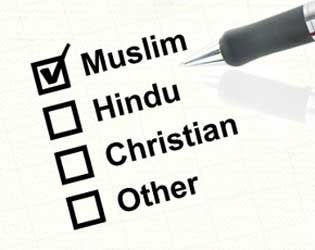 |
The political sensitiveness of the subject can be understood from the huff around the release First Report On Religion (Census 2001) in 2005, which reveals that contrary to overall population trend, growth rate of Muslim population has increased. The decadal growth rate of the Muslims was around 36 percent which was up from 30 per cent between 1981 and 1991 respectively. The Hindu growth rate had fallen to 20 per cent to from 23 per cent in the same corresponding period.
The then Home Minister Shivraj Patil compelled the then Census Commissioner Jayant Kumar Banthia, IAS to ‘adjust’ the figures. Patil’s borrowed argument was that decadal growth could not be determined because there was no Census in Assam in 1981 and J&K in 1991 due to insurgency. Banthia, unwilling to bend, juxtaposed both the adjusted and unadjusted figures on the first page.
The Hindu population pegged at 80.5 per cent in Census 2001 is likely to have fallen below 80 per cent in 2011. In parts of India like West Bengal and Assam, the Muslim population might have crossed one-third threshold. The UPA Government is likely to delay this damning revelation as much as possible. Especially, in an election year they feel the BJP will take advantage of the figures. But, I have my doubts about. The BJP will also downplay it for the fear to being branded ‘communal’. All political parties will like to live in denial of a disturbing reality as long as they can.
But one can expect greater Muslim assertiveness soon as the religious data of Census 2011 is out. It bodes ill for all political parties of India led by Hindus whether they are secular or communal. Some liberal Hindus might advocate abolishing the religious data category in future Census operations. They made a similar plea last time also. But the reality does not disappear if one were to shut his eyes to it.
Source : Niti Central

 Mizoram: EC accepts Christians’ demand to defer counting on Sunday, but what if Hindus had made a similar demand?
Mizoram: EC accepts Christians’ demand to defer counting on Sunday, but what if Hindus had made a similar demand? Sign Petition : Immediately repeal the draconian and unconstitutional ‘The Waqf Act, 1995’
Sign Petition : Immediately repeal the draconian and unconstitutional ‘The Waqf Act, 1995’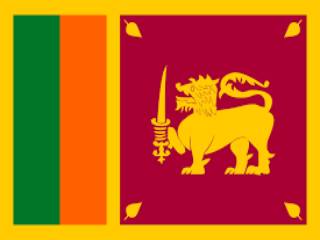 Shriram : Sri Lanka’s saviour
Shriram : Sri Lanka’s saviour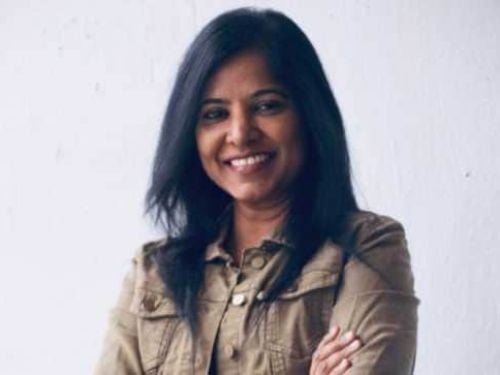 Why it is so cool to malign Hindu gods and goddesses, but it may not be that easy now
Why it is so cool to malign Hindu gods and goddesses, but it may not be that easy now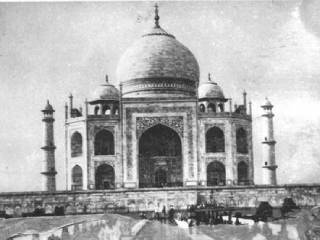 Shocking Truth of Taj Mahal exposed by Late Pujya P. N. Oak
Shocking Truth of Taj Mahal exposed by Late Pujya P. N. Oak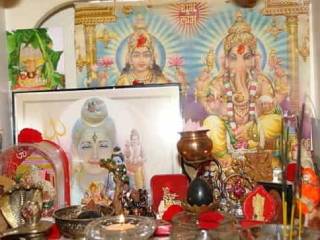 How are Hindus treated in states where they are in a minority?
How are Hindus treated in states where they are in a minority?